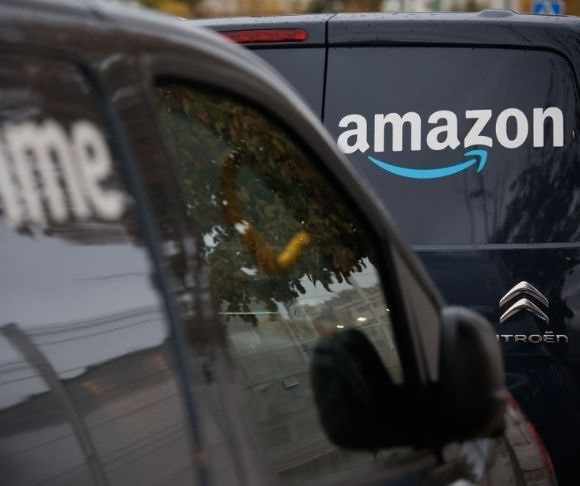It looks like 2023 is starting where 2022 ended: tech layoffs. Amazon became the latest company to announce thousands of job cuts in response to growing economic headwinds and market uncertainty. It is indeed the end of the easy money era when one of the largest businesses in the world concedes that it added too many workers too quickly during the coronavirus pandemic and must now pay the price. But, while tech firms laid off many employees last year, will the same trends persist in the overall labor market in 2023?
Amazon Leads Tech Layoffs
The Wall Street Journal initially reported on the evening of Jan. 4 that Amazon would be slashing more than 18,000 jobs, more extensive than what the retail giant suggested last year. CEO Andy Jassy went into damage control, noting that it had planned to inform the public that it would be reducing its workforce numbers, but somebody had leaked the information to the press.
In November, Jassy confirmed that Amazon would eliminate roles from its books and devices divisions to brick-and-mortar establishments. At the time, the figure touted was approximately 10,000 positions. However, according to Jassy, Amazon will navigate through murky waters in the upcoming year: recession possibilities, elevated inflationary pressures, and higher borrowing costs.
“Amazon has weathered uncertain and difficult economies in the past, and we will continue to do so,” Jassy wrote on the corporate blog. “These changes will help us pursue our long-term opportunities with a stronger cost structure; however, I’m also optimistic that we’ll be inventive, resourceful, and scrappy in this time when we’re not hiring expansively and eliminating some roles. Companies that last a long time go through different phases. They’re not in heavy people expansion mode every year.”
Amazon intends to contact employees who will lose their jobs beginning Jan. 18.
Who Else Is Handing Out Pink Slips?
Over the last year, many tech companies have been laying off workers, signaling big trouble brewing in Silicon Valley. In just the first few days of 2023, several tech firms have confirmed they will trim payrolls. Salesforce announced it would let go of 7,000 employees, representing about 10% of the company. Vimeo is cutting 11% of the organization, or 132 people, citing an “uncertain economic environment.” And then there are the small- and medium-sized businesses (SMBs):
- Streaming video system Kaltura: 77 employees (11%)
- Crypto infrastructure provider Wyre: 75 employees (100%), closing entirely
- Enterprise application firm Pegasystems: 245 employees (4%)
- Earth-observation satellites business Satellogic: 80 employees (18%)
- Conversational AI tech entity Uniphore: 76 employees (10%)

(Photo Illustration by Avishek Das/SOPA Images/LightRocket via Getty Images)
Of course, 2022 was the beginning of slashing personnel numbers in the technology industry. Facebook parent Meta terminated 11,000 jobs, accounting for 13% of its global workforce. Twitter eliminated 3,700 staff. Carvana removed 2,500 positions, while DoorDash reduced workforce totals by 1,250. Coinbase responded to the crash in cryptocurrency prices by slashing nearly 2,500 employees, and Crypto.com trimmed its size by 30%. DocuSign cut 9% of its staff, Rivian fired 840 staffers, and Peloton handed out pink slips to 784 workers.
In total, according to data from Challenger, Gray and Christmas, there were more than 97,000 tech layoffs in the US last year. This did not include companies that instituted other cost-cutting measures on the labor front, such as hiring freezes and voluntary buyouts.
A Tech Winter?
During the coronavirus pandemic, the tech sector witnessed one of the greatest booms ever recorded. With more people staying home and bingeing on Netflix and tweets, companies increased their payrolls at exponential rates. As the flood of easy money poured into the financial system, tech valuations went through the roof. Despite the backdrop of the worst public health crisis in a century and an economy in tatters, shares soared to record highs, be it Amazon or Zillow. Companies expanded at an accelerated pace, asset prices were artificially inflated, and bubbles formed everywhere. Now that the Federal Reserve has been gradually closing the floodgates of near-zero interest rates since March 2022, potentially triggering a recession or a so-called slowcession, businesses of every category are scaling back. The results? The worst financial market performance since the 2008-09 economic collapse.








